My first experience with yarn spinning on a wheel was when I lived in Stroud, England in 2013. I frequented the weekend farmer’s market and came across many things that left a big impact. One of the coolest humans Rupert Burdock “helping nobodies live on nothing” had a foraged item stall there that was a must visit. He sometimes sold was a fresh bread filled with wood ear mushrooms he picked that day (!) Anyway, right near the main area of this market, there was a pet shop called Cornhill Pets & Country Crafts. When I walked inside for the first time, there was a group wearing amazing Shetland hand-spun, hand-knit colorwork sweaters in a circle spinning. I thought it was the coolest thing I had ever seen. A man, who was not only a shepherd, but also a professional yarn spinner sat there spinning with such skill. Upon leaving I ruminated on how I could be a part and learn from them. I went back the next day and asked if I could join them and then I went a few times a week for the next month. I had started spinning with a drop spindle in 2008 using any fiber and wasn’t concerned much about what materials I worked with at that time. It wasn’t until I started on the wheel that sheep breed differences became exciting. The first fiber I spun on a wheel there was Manx Loaghtan and soon found my way to Soay sheep.
Soay sheep have been described as a remarkable survival of the type of domestic sheep that people kept in the Bronze Age some 4,000 years ago. Bones from earlier Neolithic sites in Britain of around 5,000 years ago seem identical to those of the Soay sheep of St. Kilda. Tiny dog-sized sheep who are just as hearty and wild as they are afraid of humans. It was my top life dream to visit the island and learn more. I had the opportunity to visit the archipelago Soay sheep came from, after days of cancellation due to poor weather, on August 15th, 2016. After four hours on a boat ride that presented an incomparable level of seasickness, I had the incredible honor of spying on Soay sheep in their native habitat. Here are some photos from that special day:
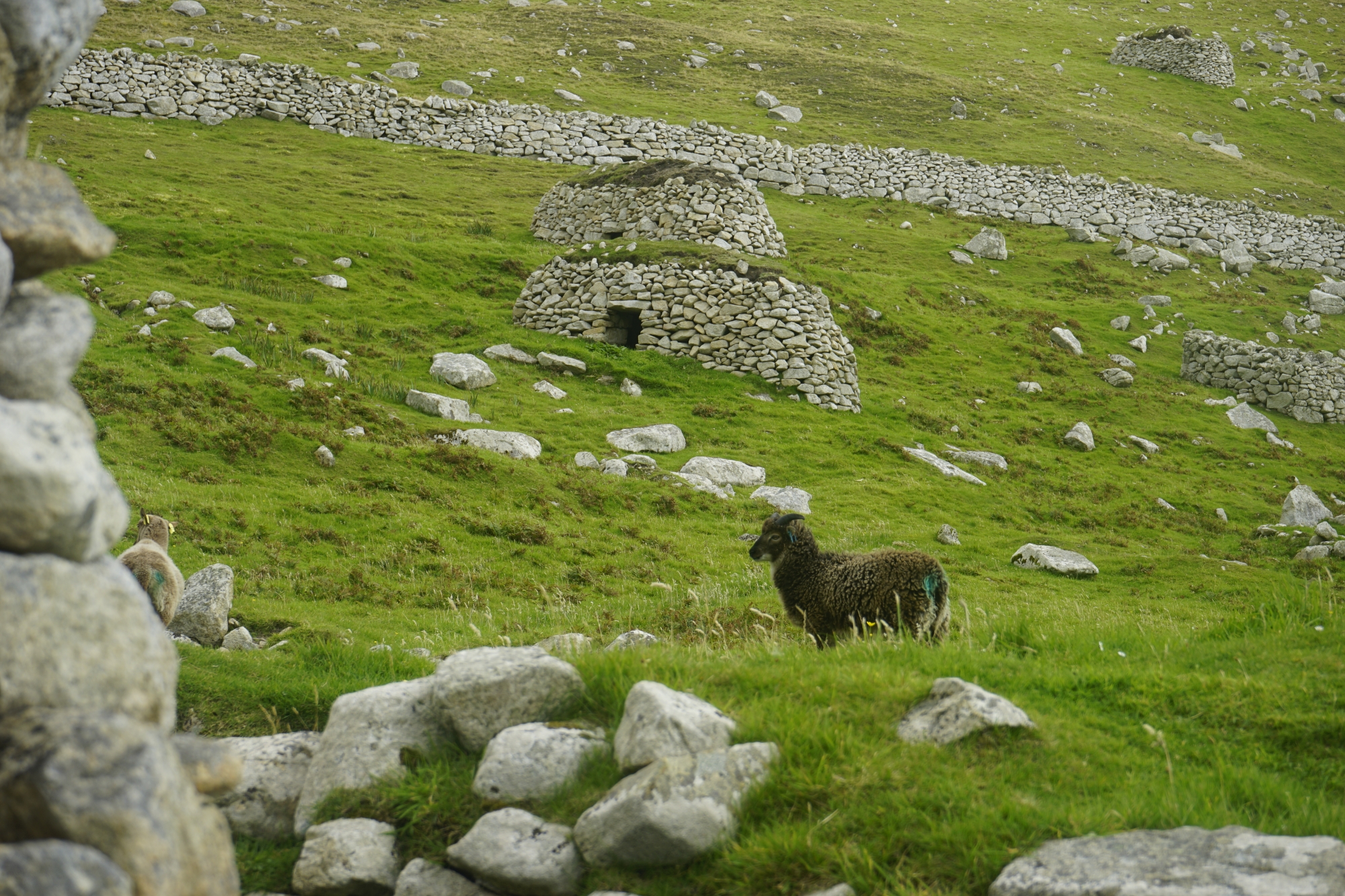
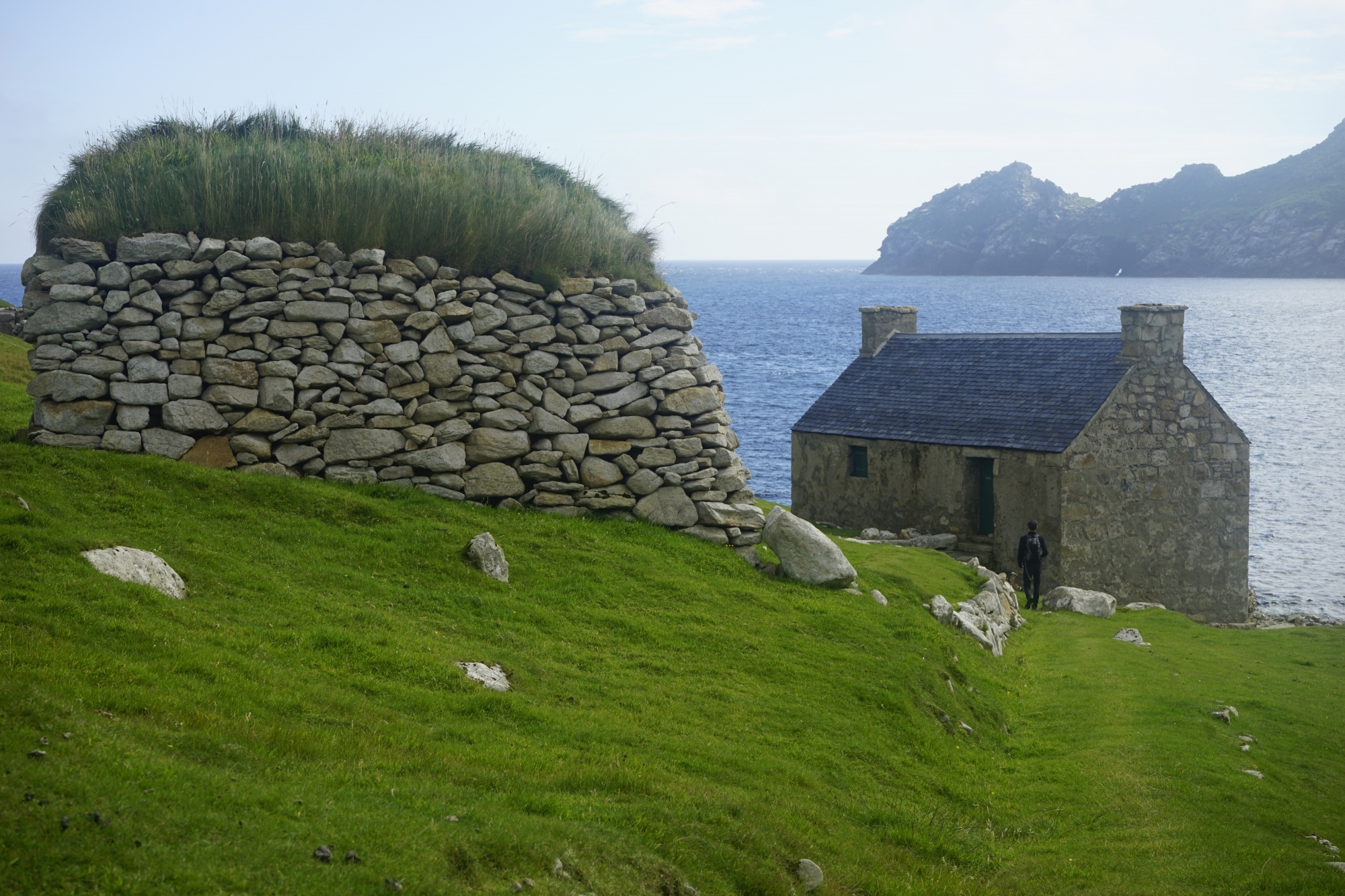
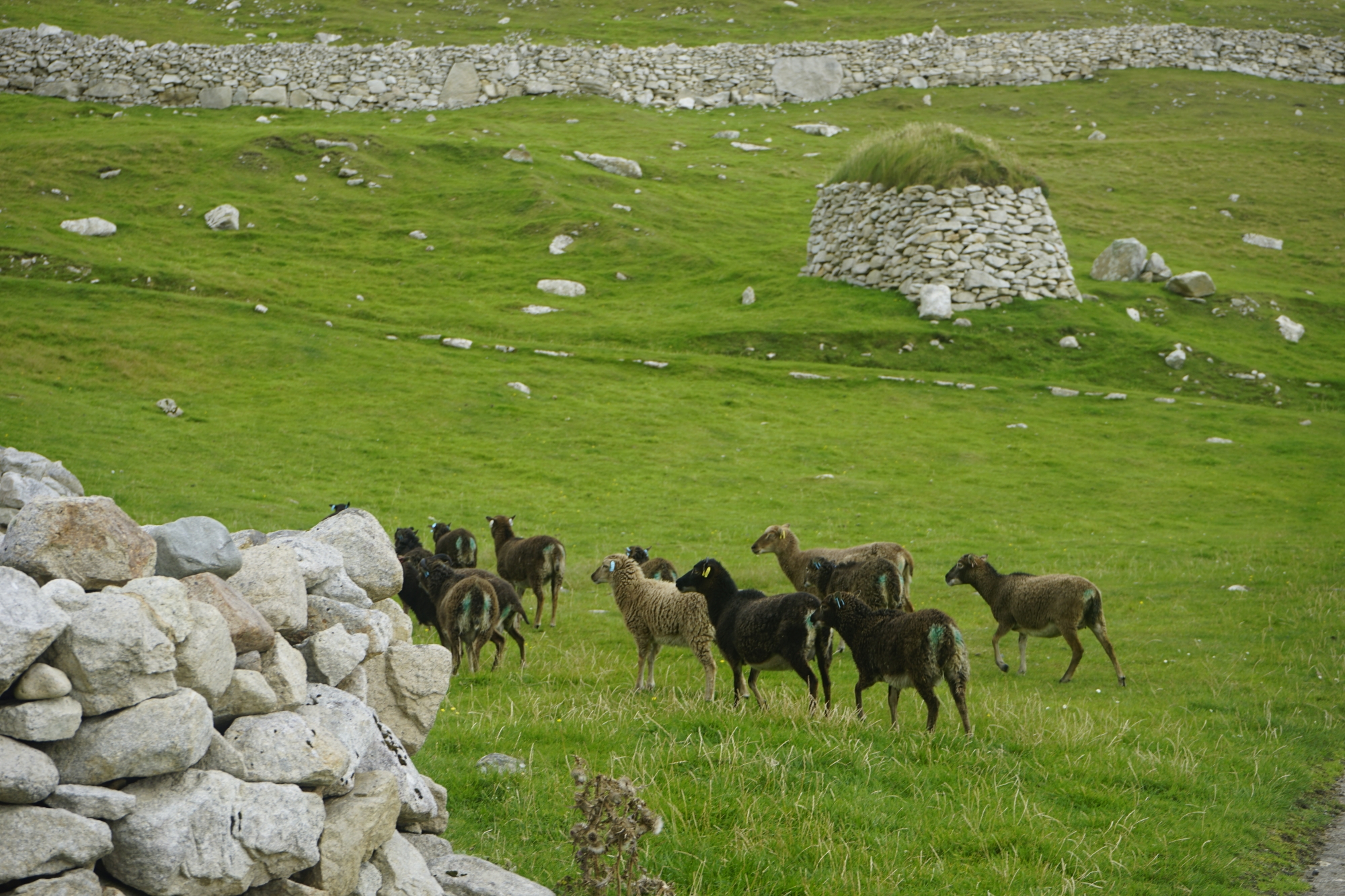
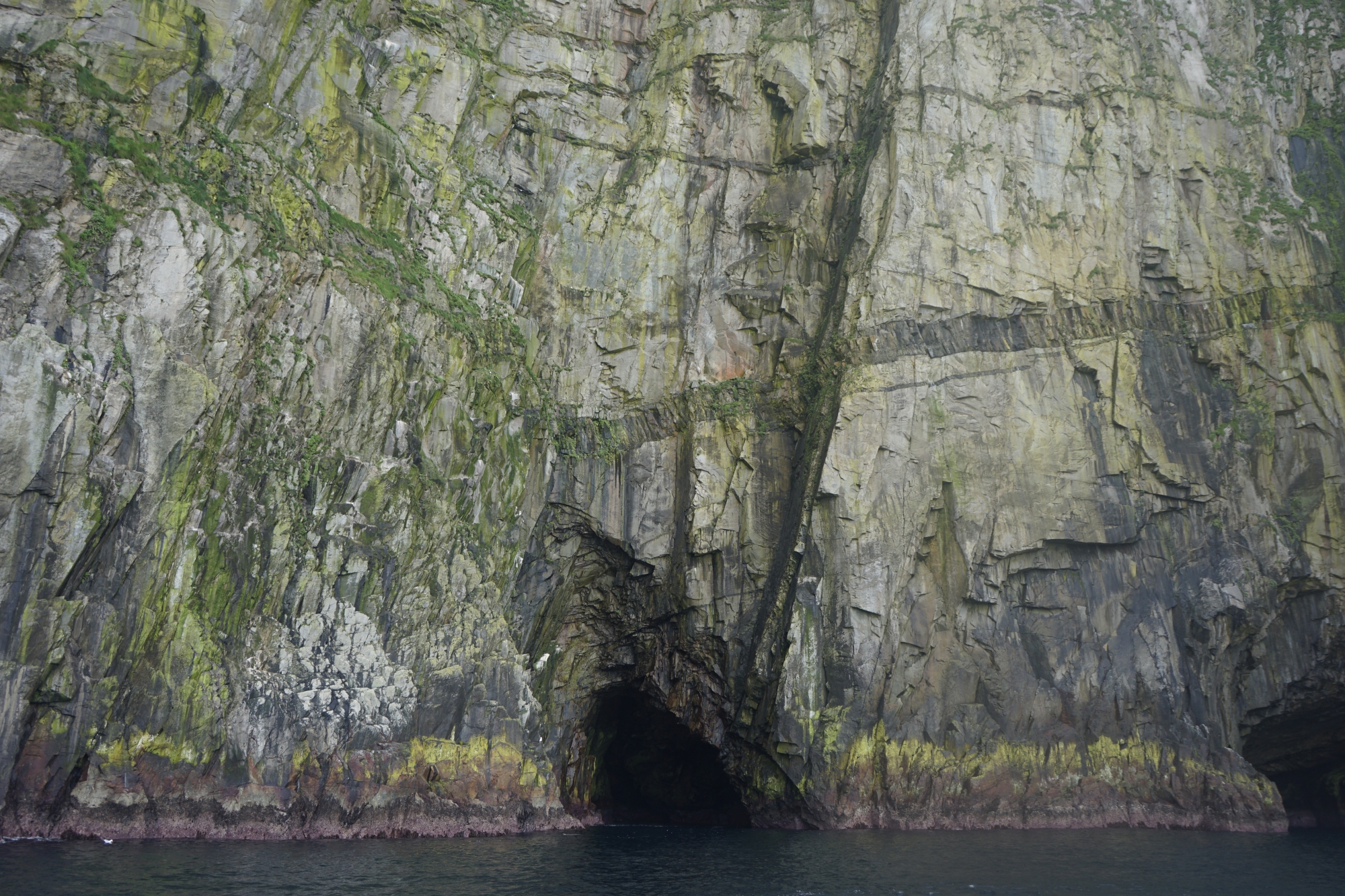

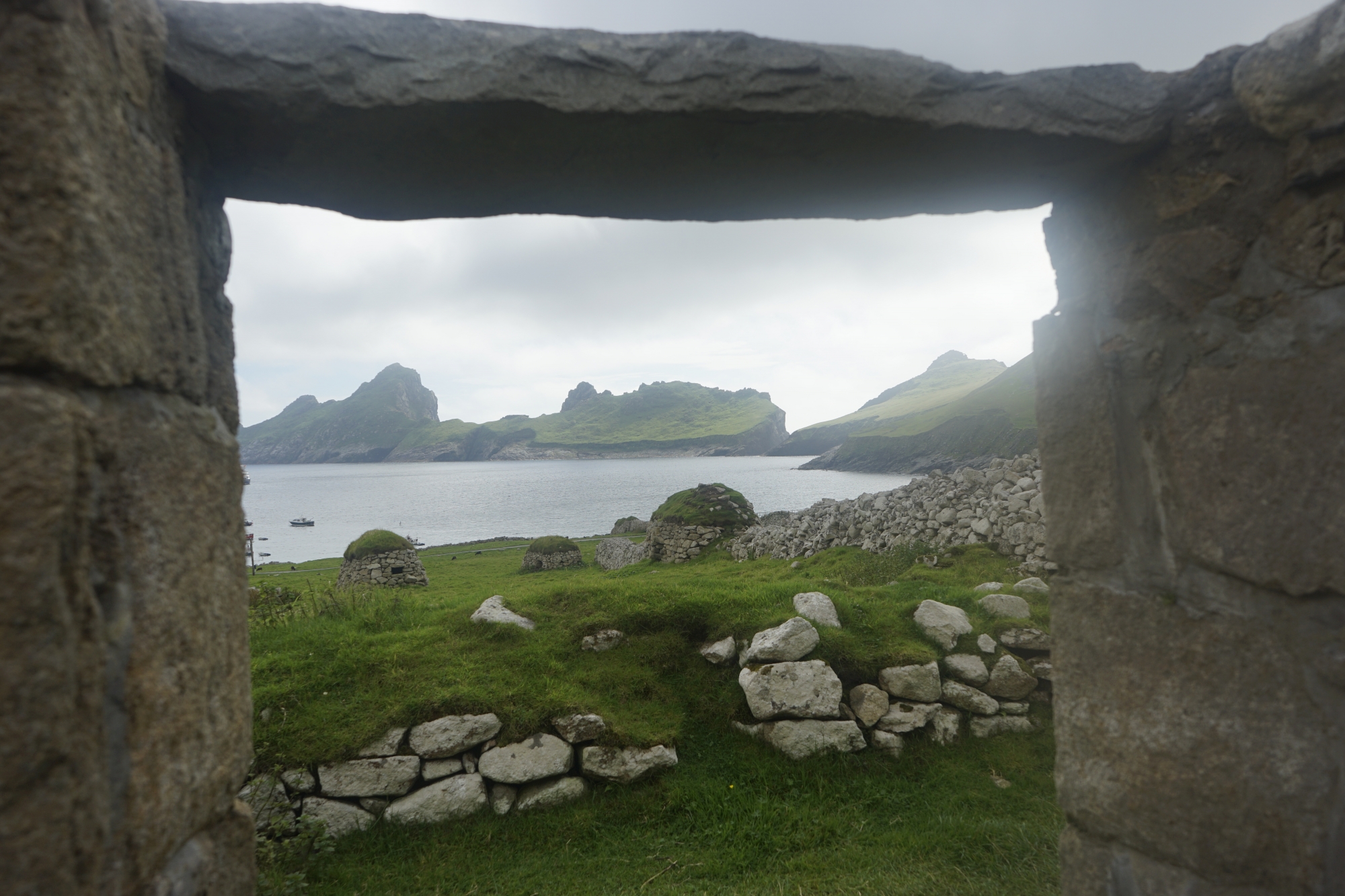
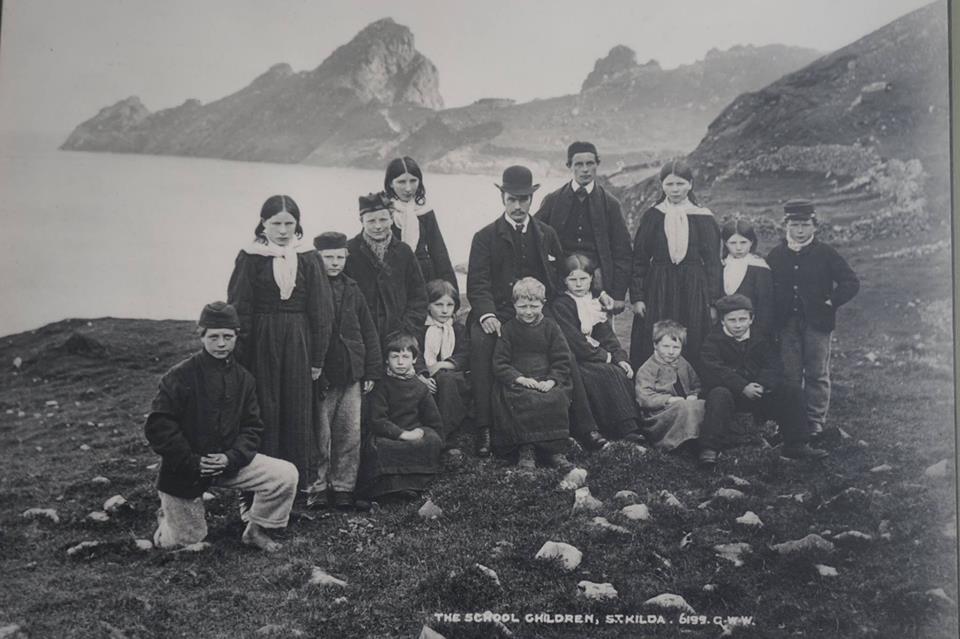
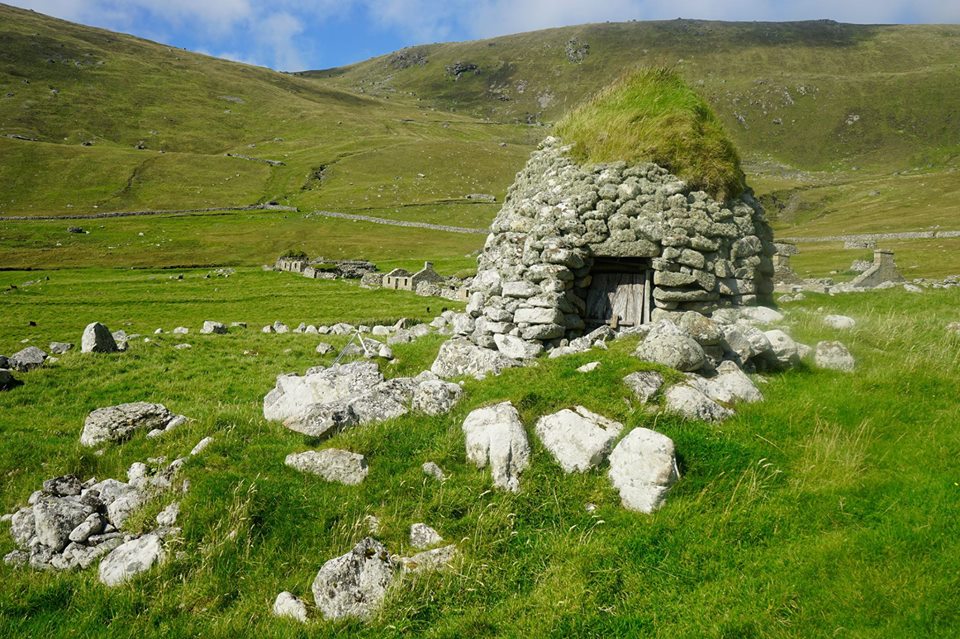
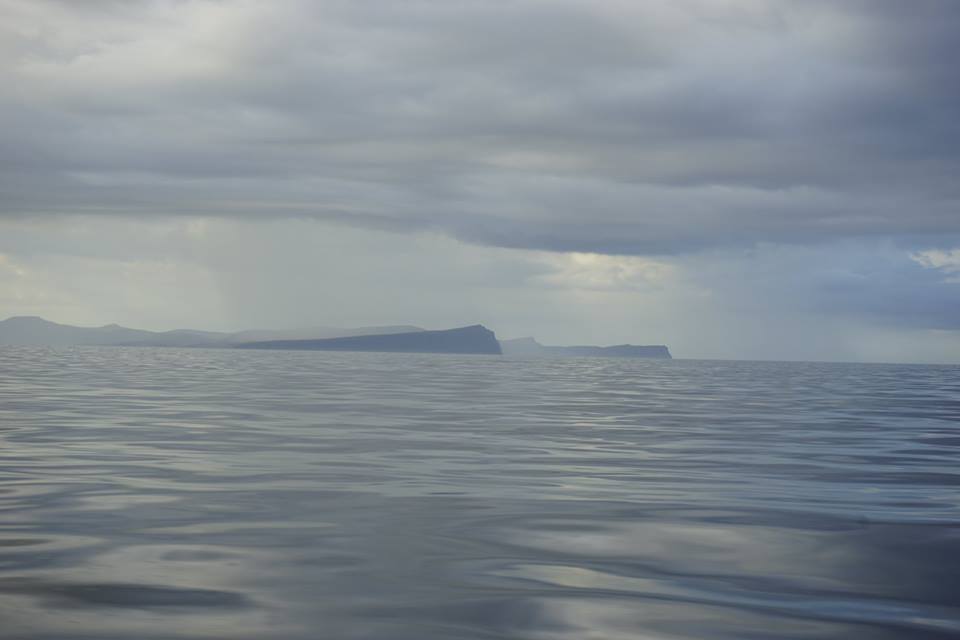

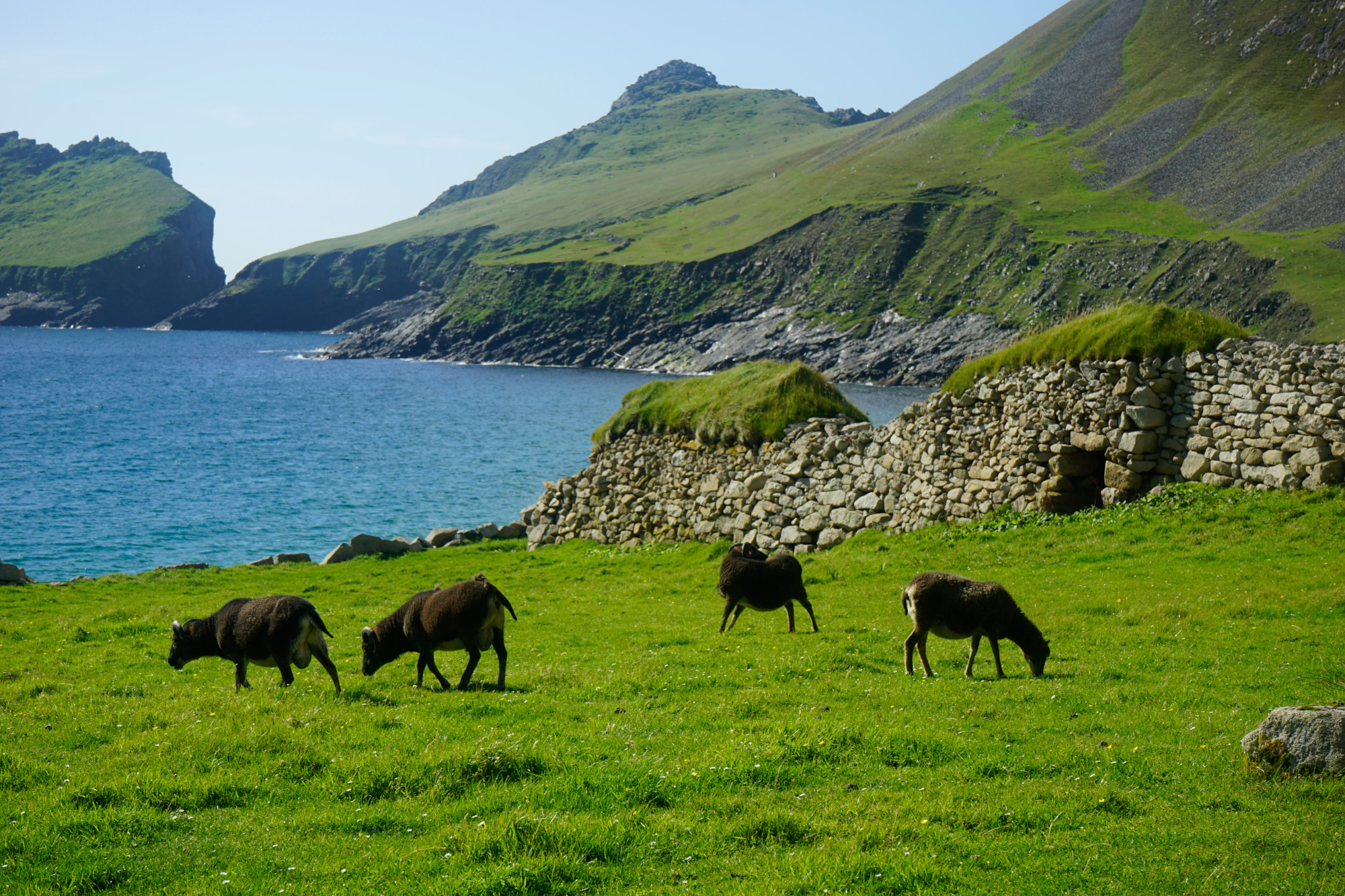
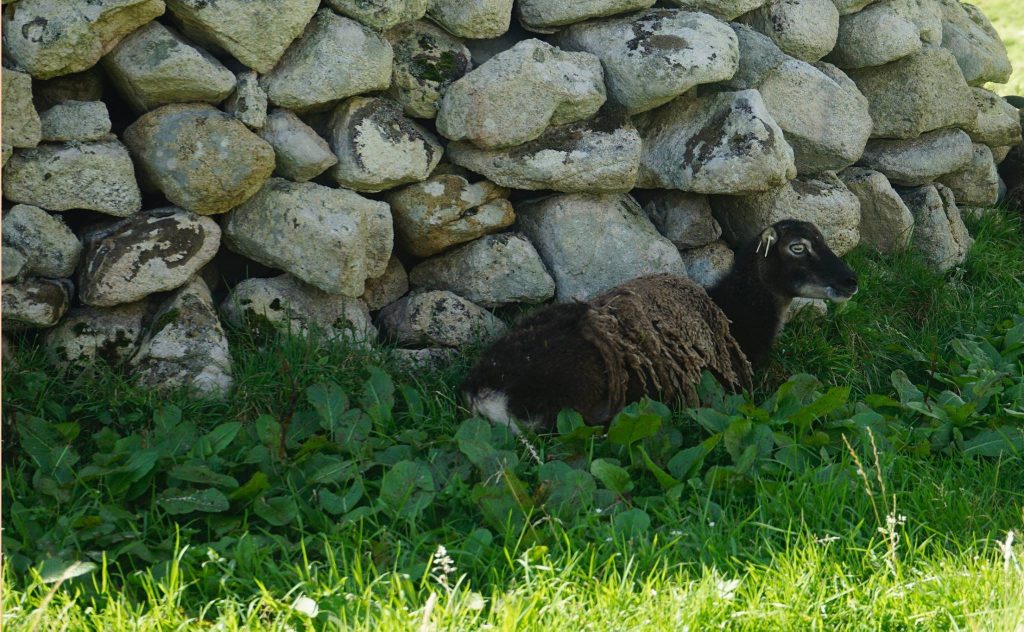

More about Soay sheep I learned while visiting:
The origins of Soay on the St. Kilda archipelago are uncertain. It’s thought the name might come from the old Scandinavian name “Sauða-ey” meaning “Island of sheep”, so they were possibly already present on the island of Soay in the Viking era (9th and 10th century). Scottish short wool sheep and blackface sheep grazed alongside Soays on both Hirta and Boreray. Until 1932 pure-bred Soay were only found on the island of Soay, but then a flock of 107 Soay were rounded up and moved to Hirta. The present flock are effectively wild sheep, which means they scatter instead of allowing themselves to be rounded up by sheepdogs or humans.
Lambs are born after a gestation period of 151 days. This is several days longer than modern breeds, that also mature faster. Most births occur +-10 days after April 20th. A few number of twins are born, but their survival prospects are slim. Those animals that survive the population crashes of autumn and winter can enjoy an old age, the oldest tagged ewe being 15 when she died. However for a ram to live to the age of 10 is rare, most die before they are six.
When the inhabitants left St. Kilda in 1930 they removed all of their sheep from the main island Hirta, as they thought they would not survive after they evacuated, but two years later in 1932 the proprietor of the islands had 107 Soay sheep from Soay transported to Hirta where they remain to this day. Despite the limited gene pool, the Soay of Hirta have a great degree of genetic variation. This flock helped secure the future of the breed and by 1939 the flock was an estimated 500.
St. Kilda while it was still inhabited:

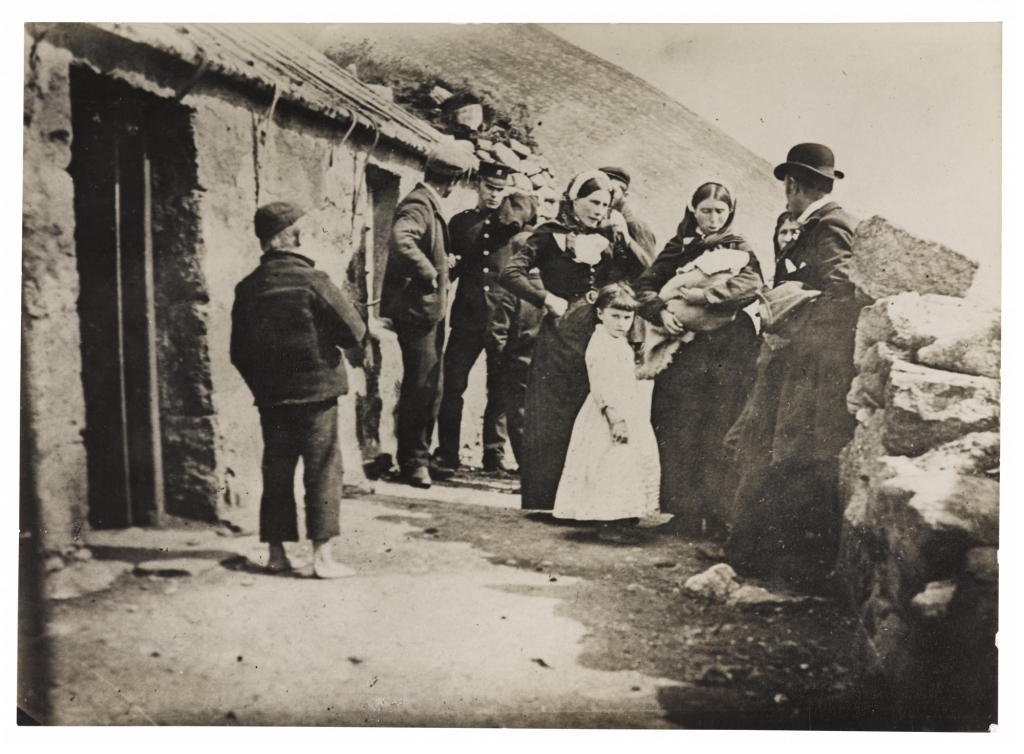
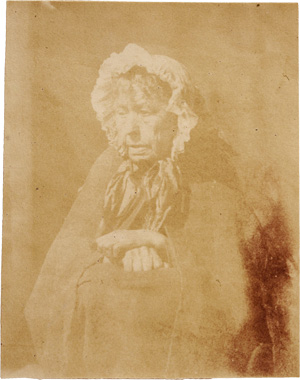
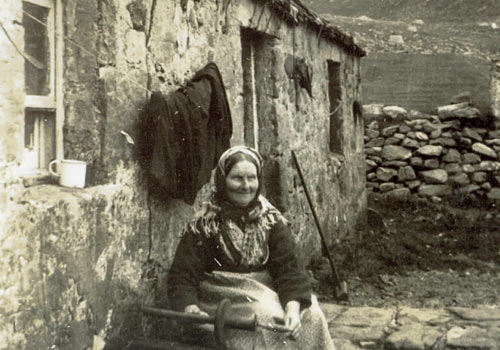
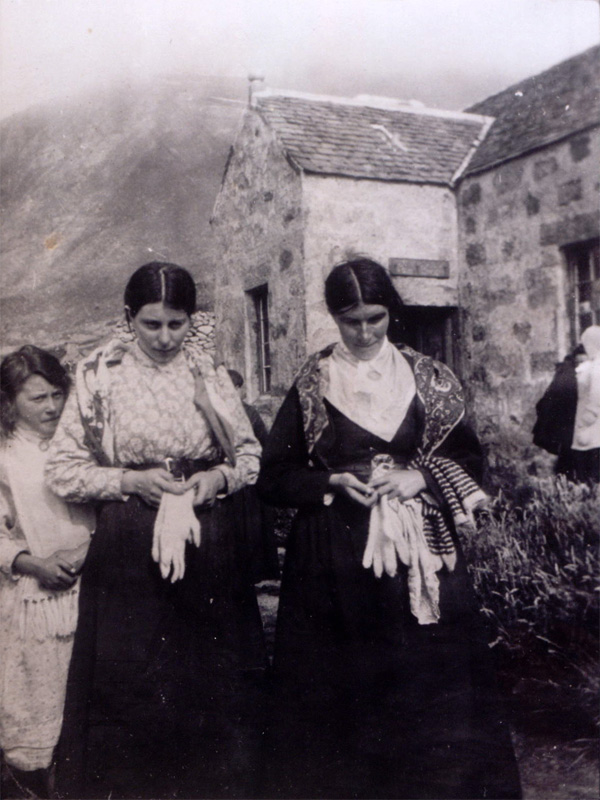
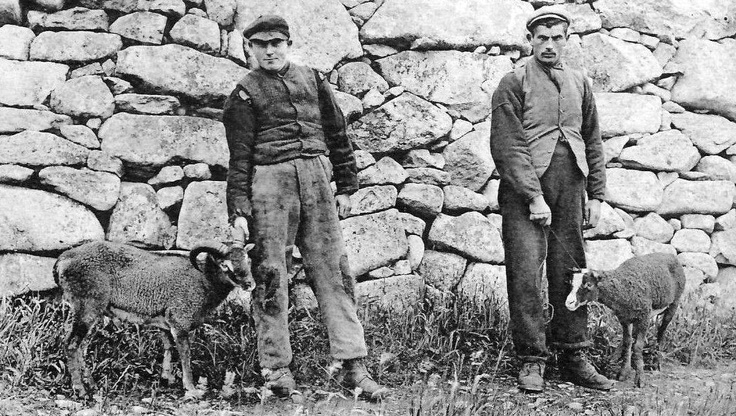
A video showing footage towards the end from two years before evacuation:
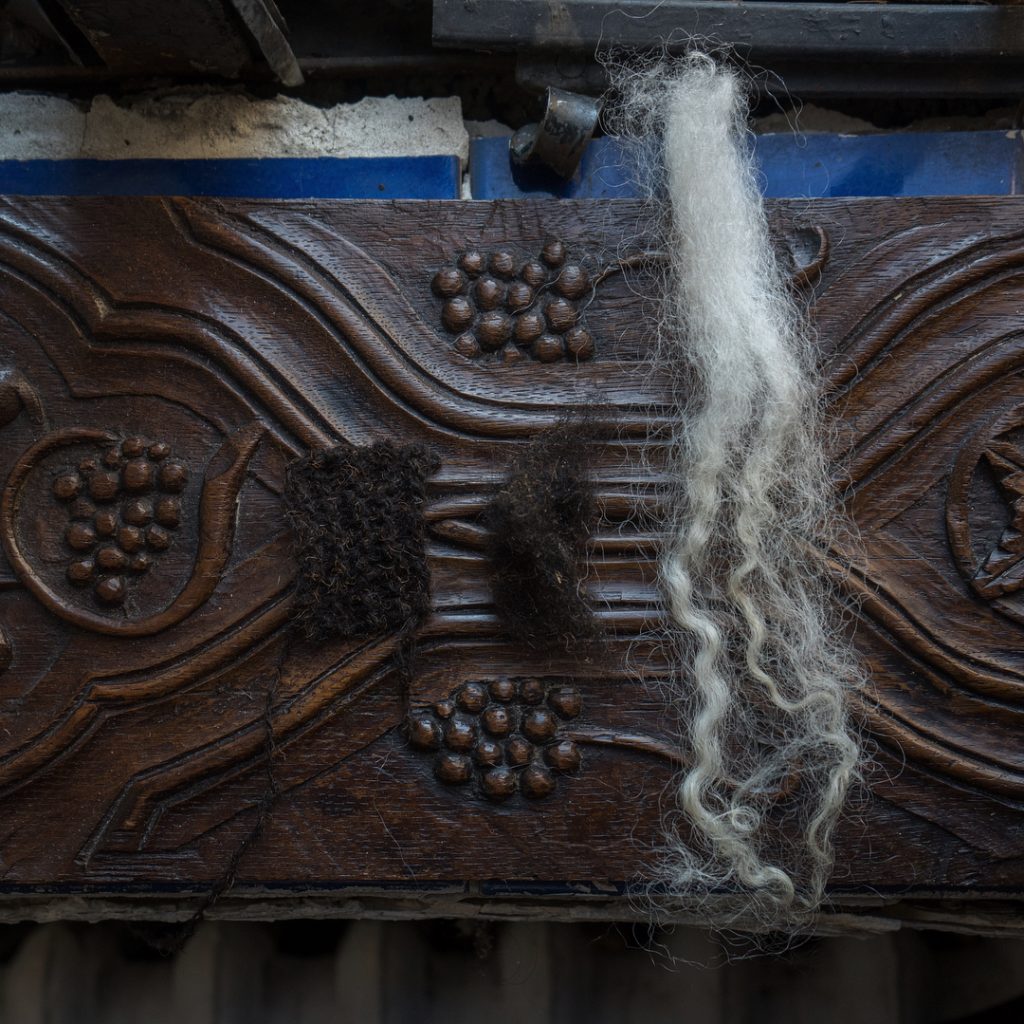
The above is a small experiment I did with a Soay fleece bit I found on the island. I found it to be quite challenging with many guard hairs and vastly differing lengths and coarseness. On the left is a quick 2-ply swatch and the middle is the unprepared fleece, the right is a Valais Blacknose sheep lock for comparison. Looking forward to getting another fleece at some point to give it another go.
Thank you to those at the Cornhill shop in Stroud for paving the foundation of my future spins.

Oh..this post is like food. Hoe lucky to have seen the Soay sheep…almost the unicorns of sheep.